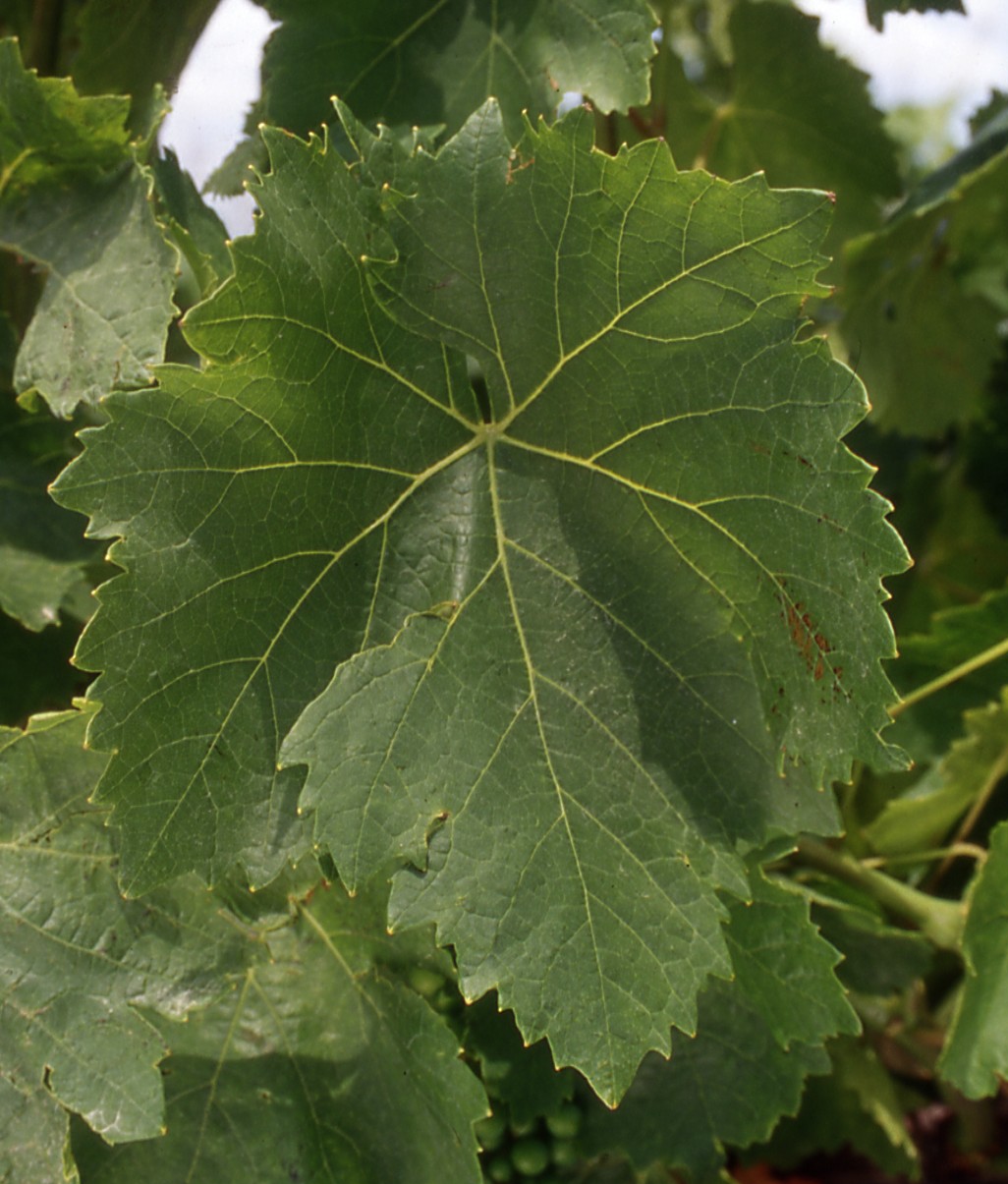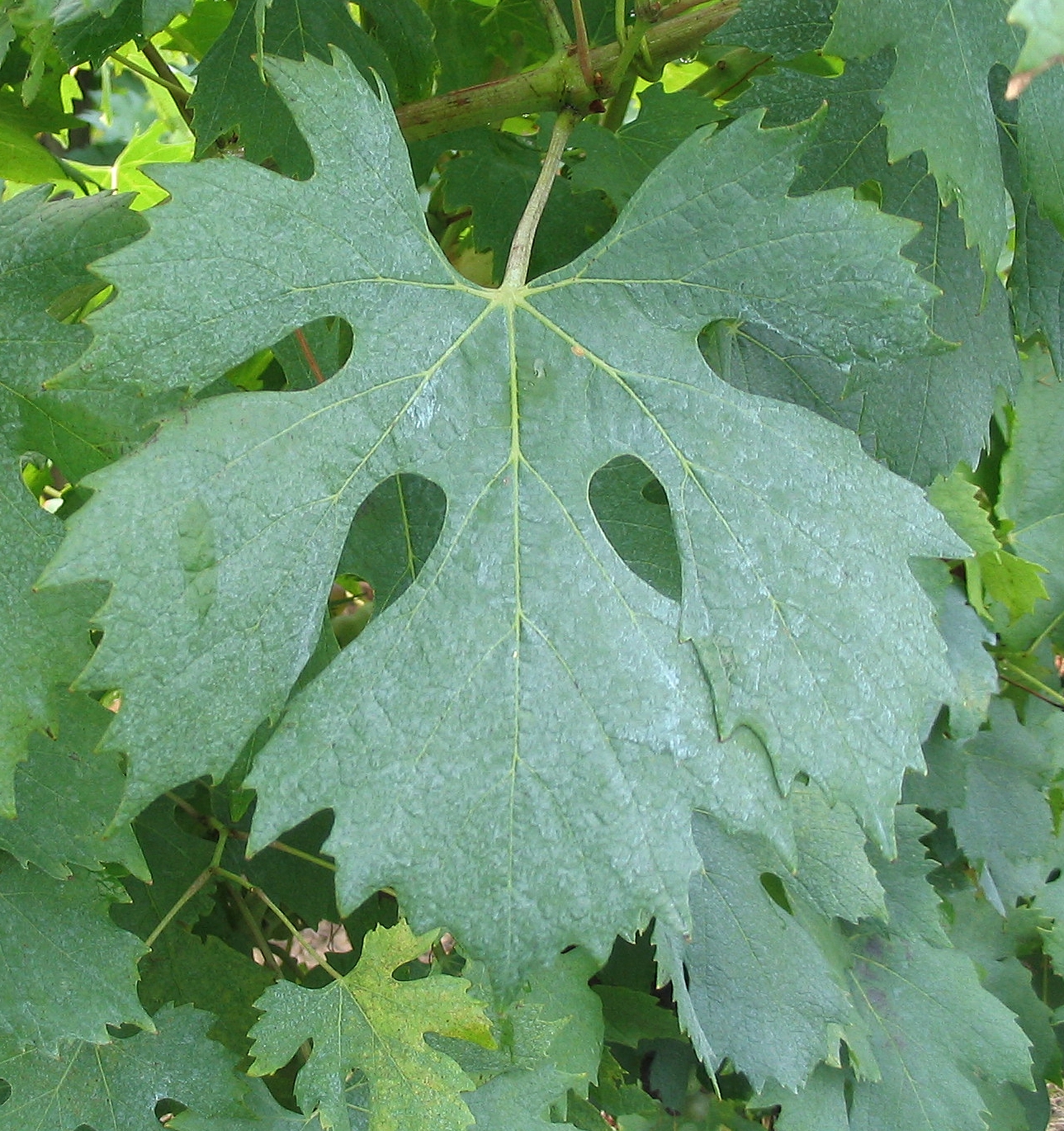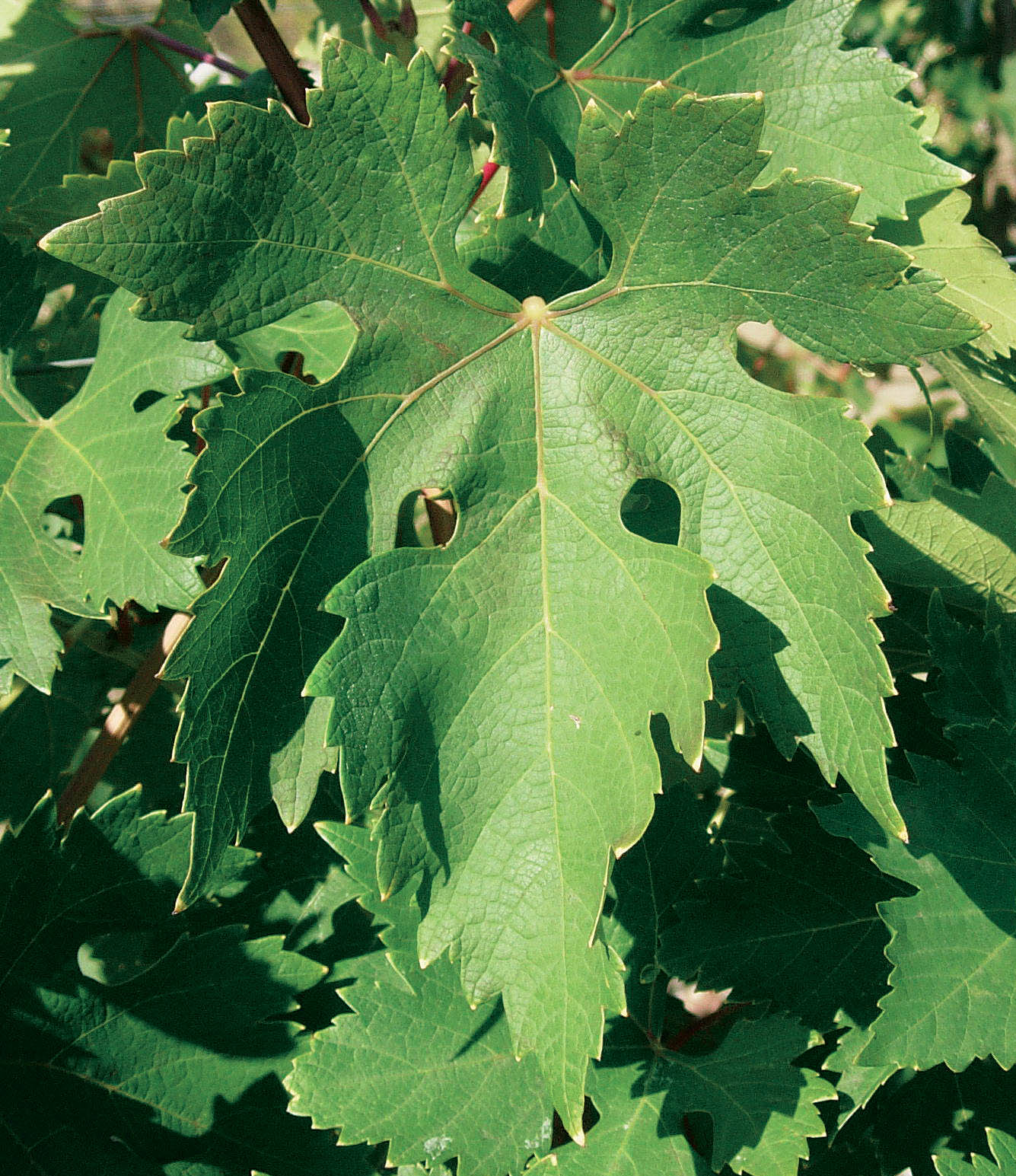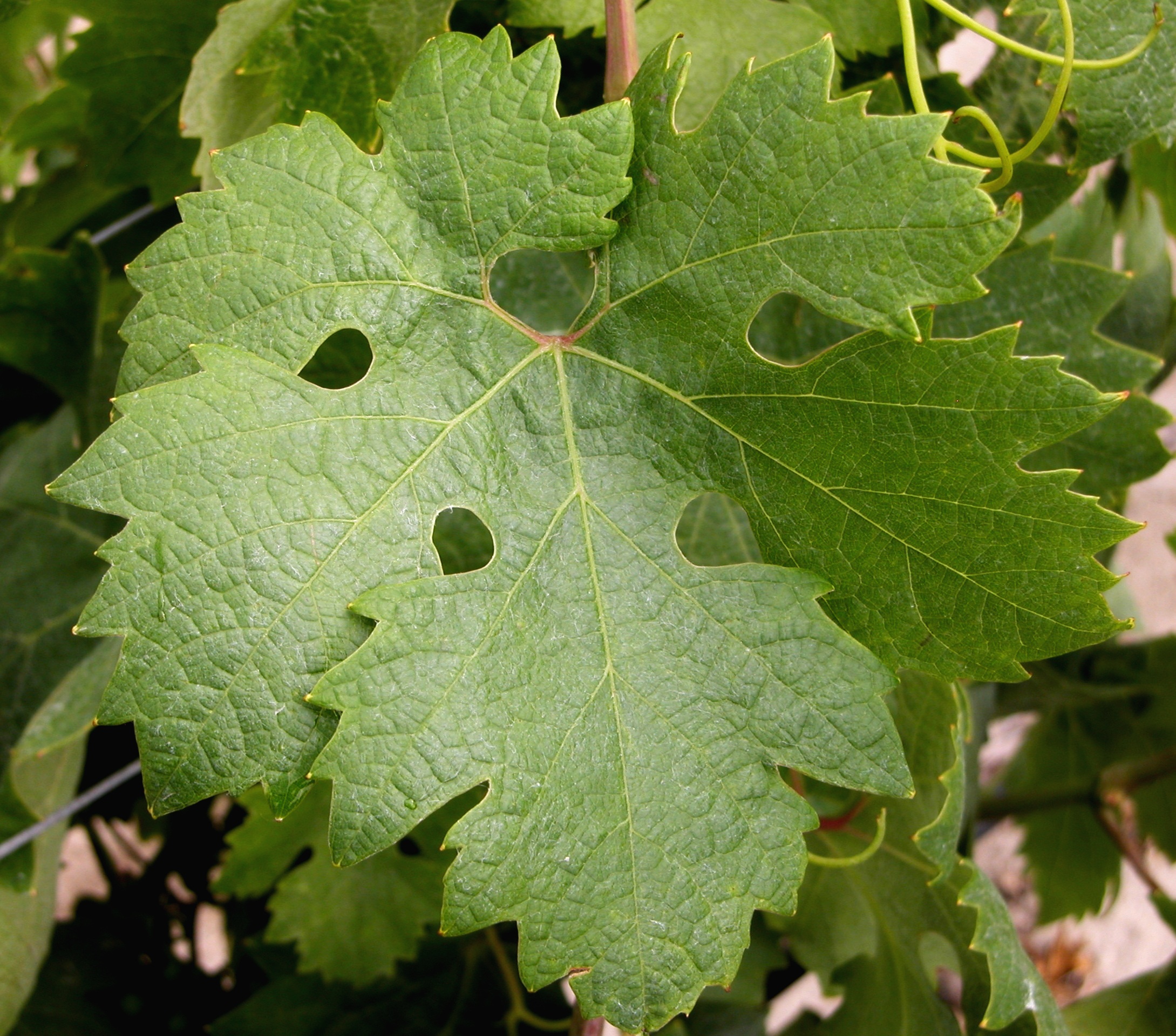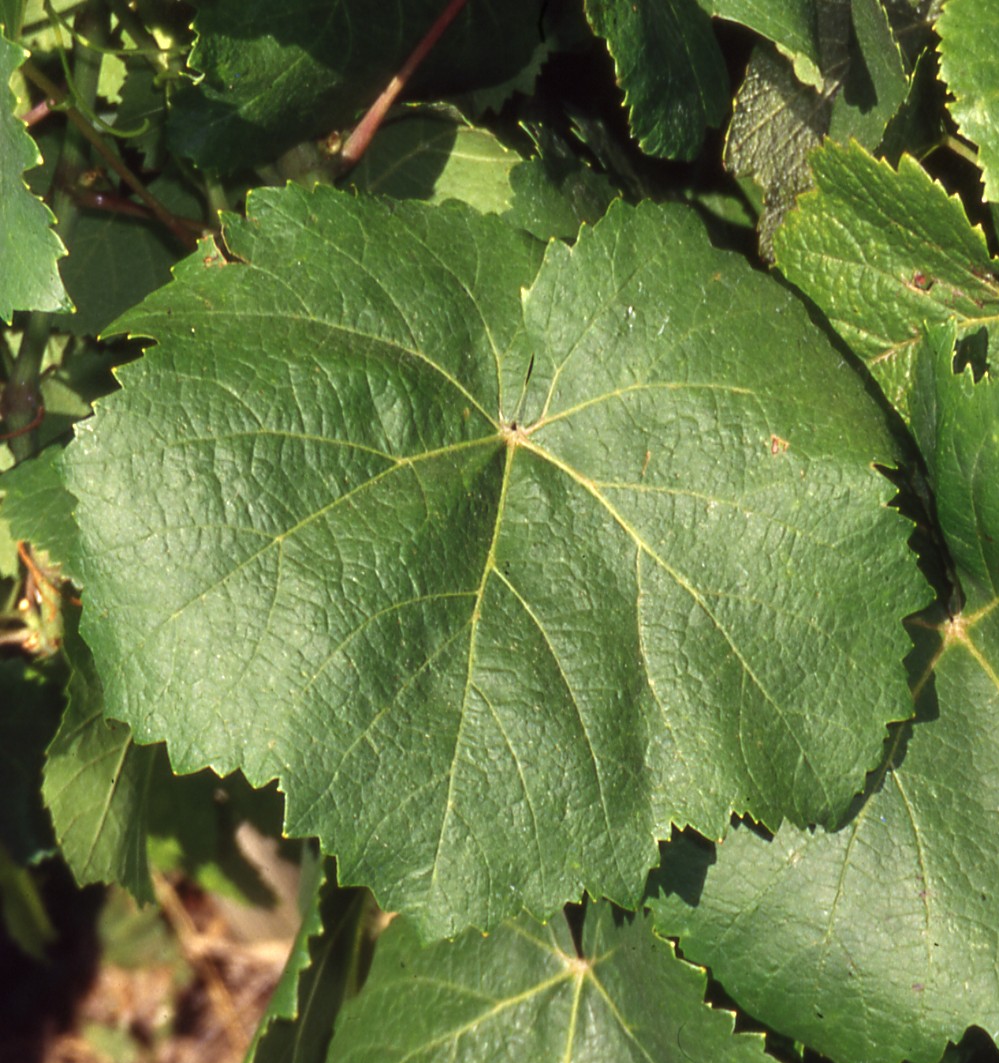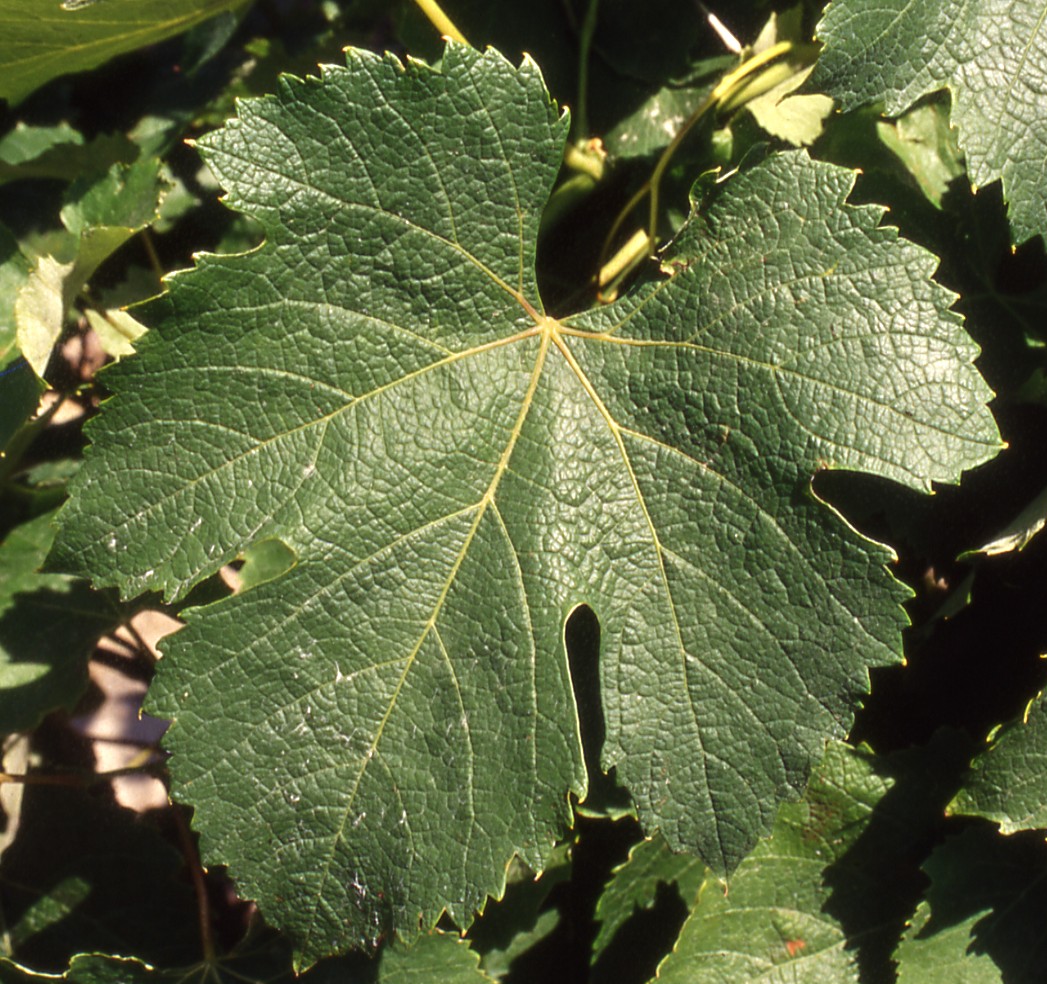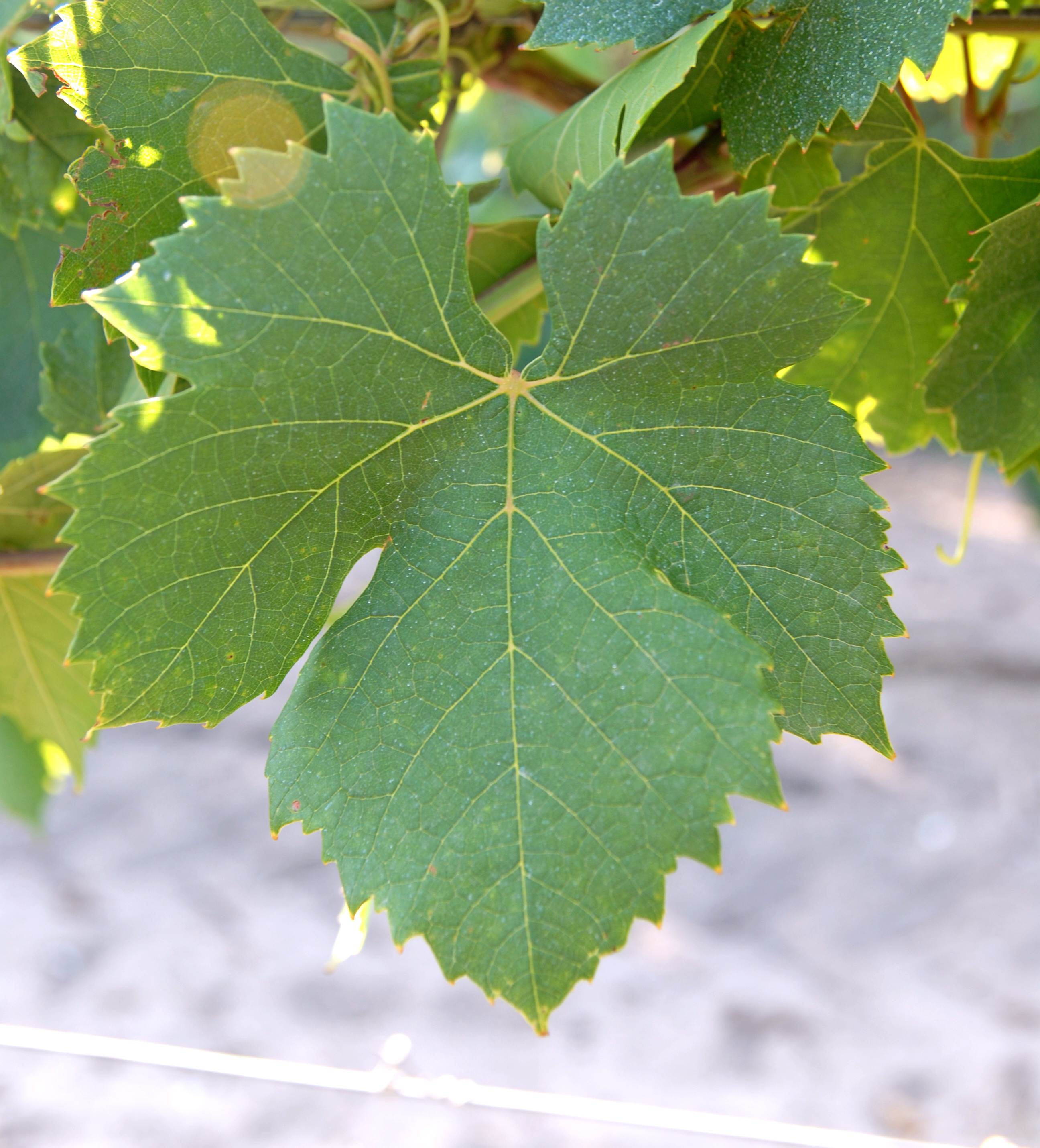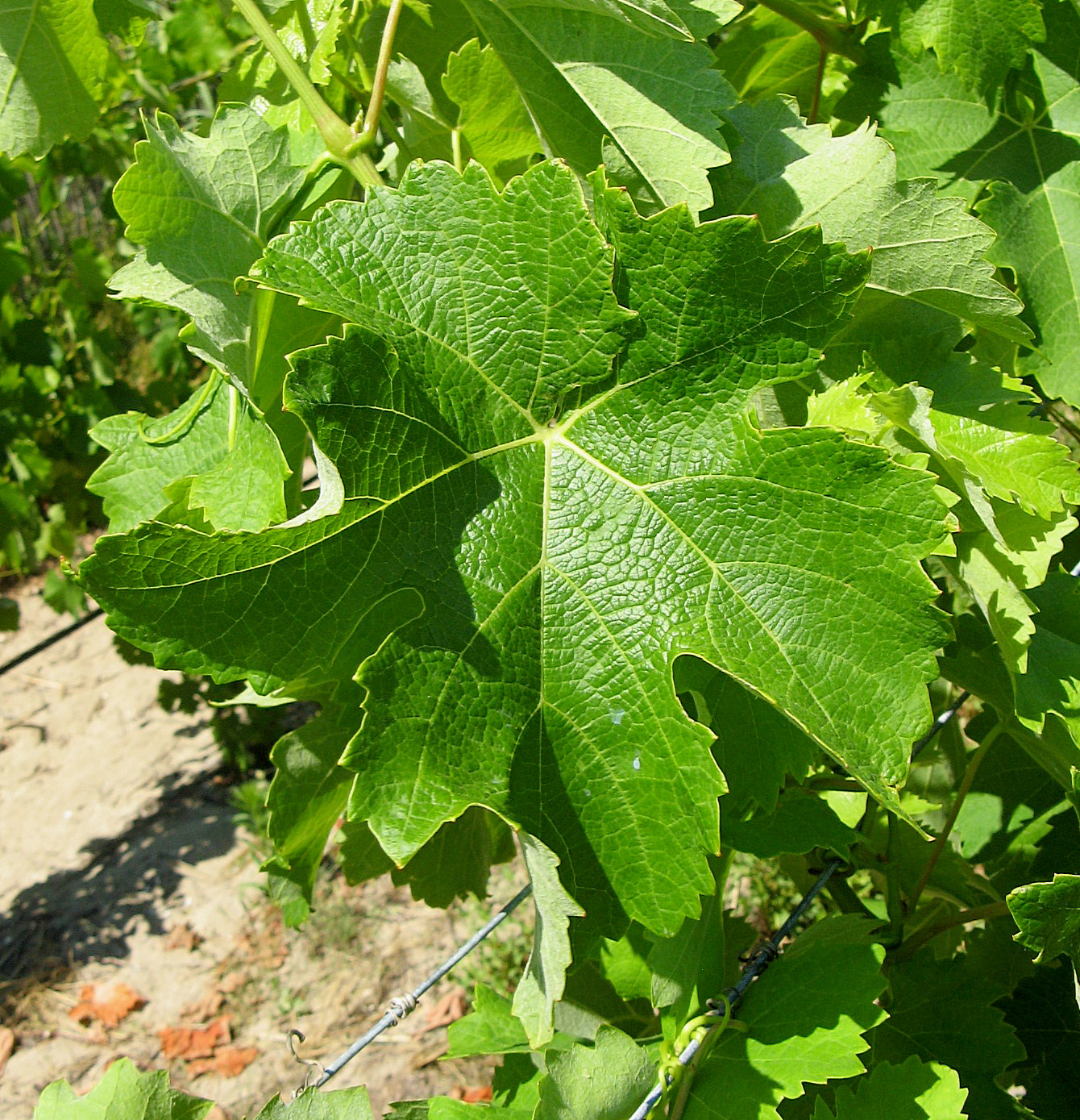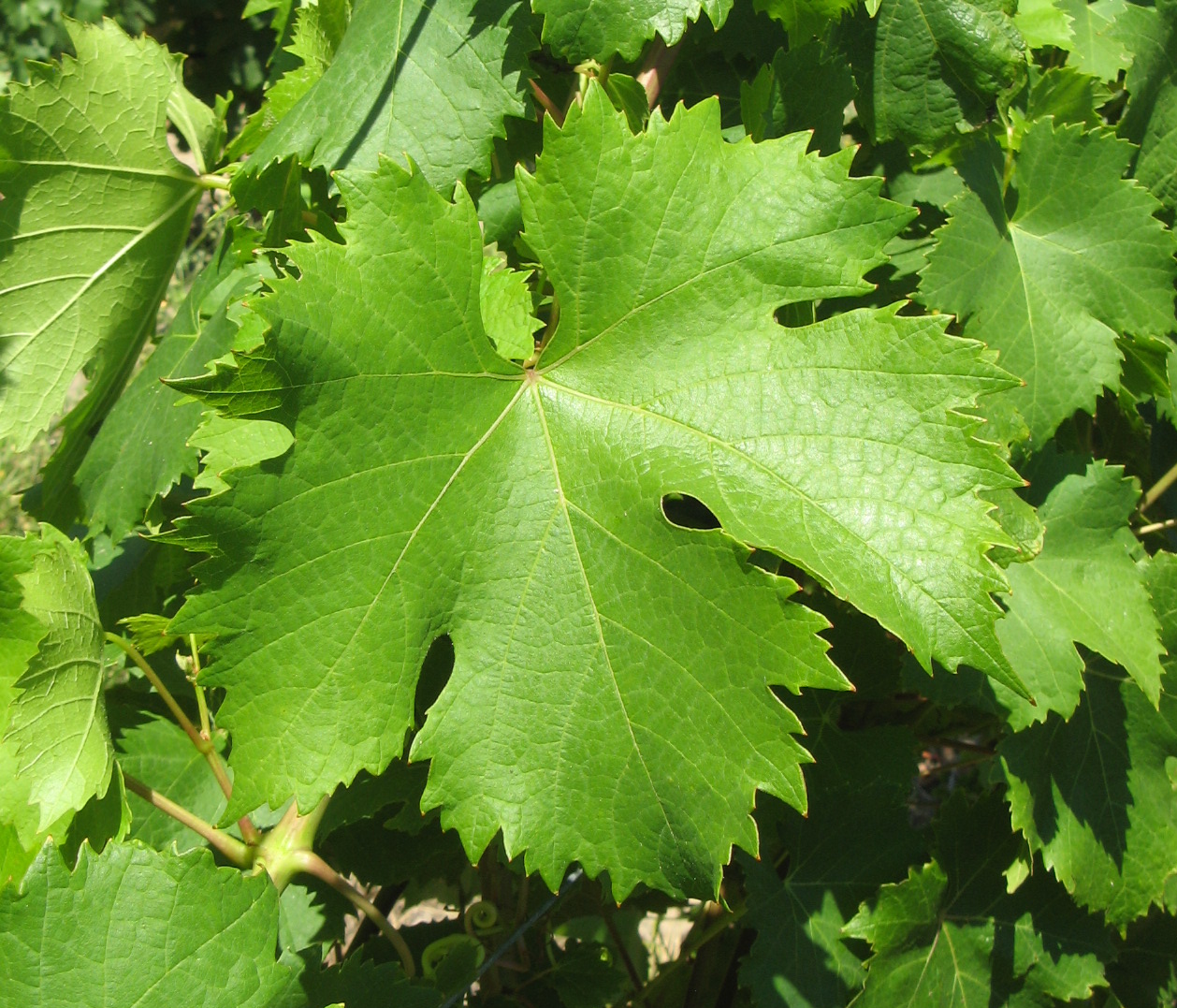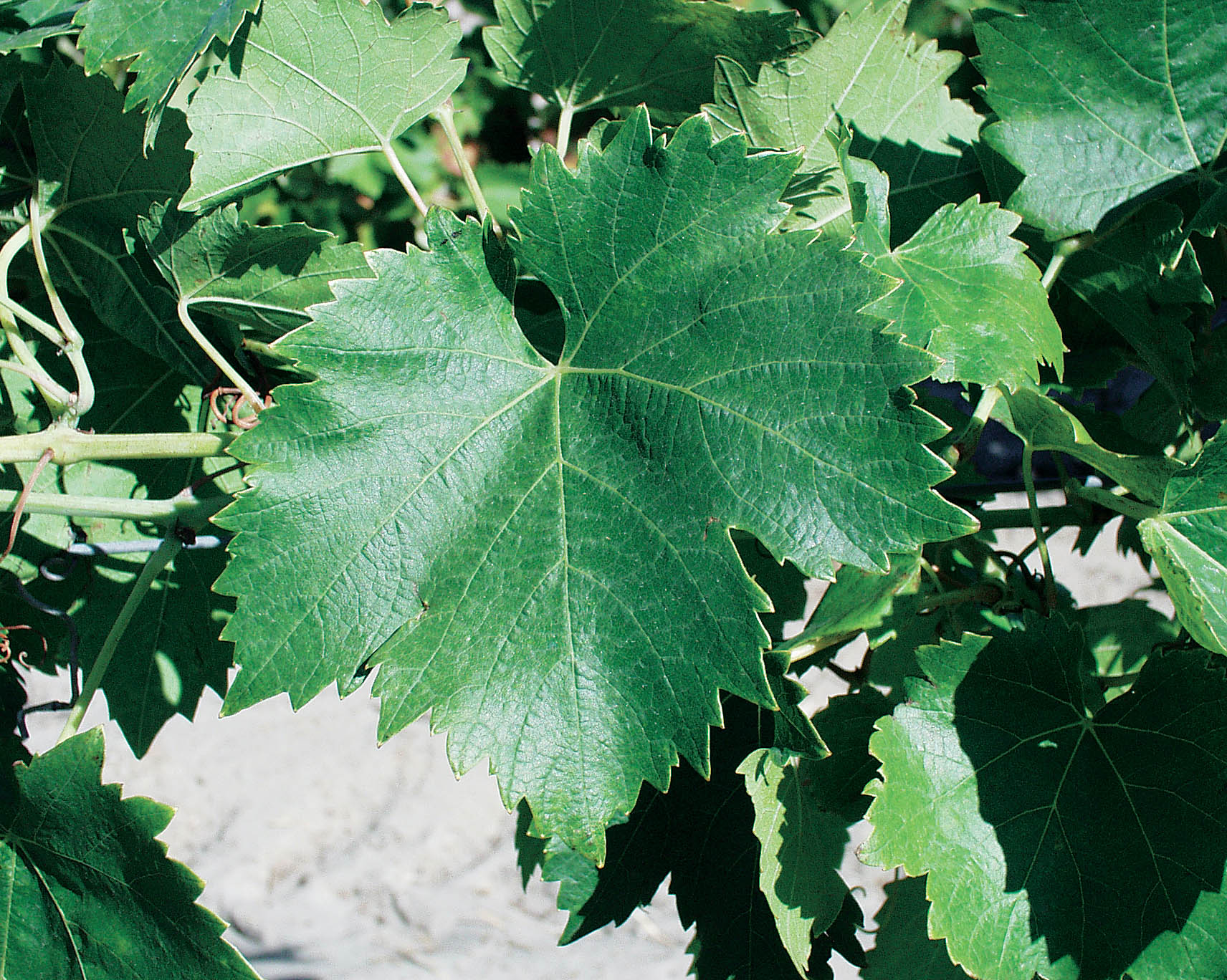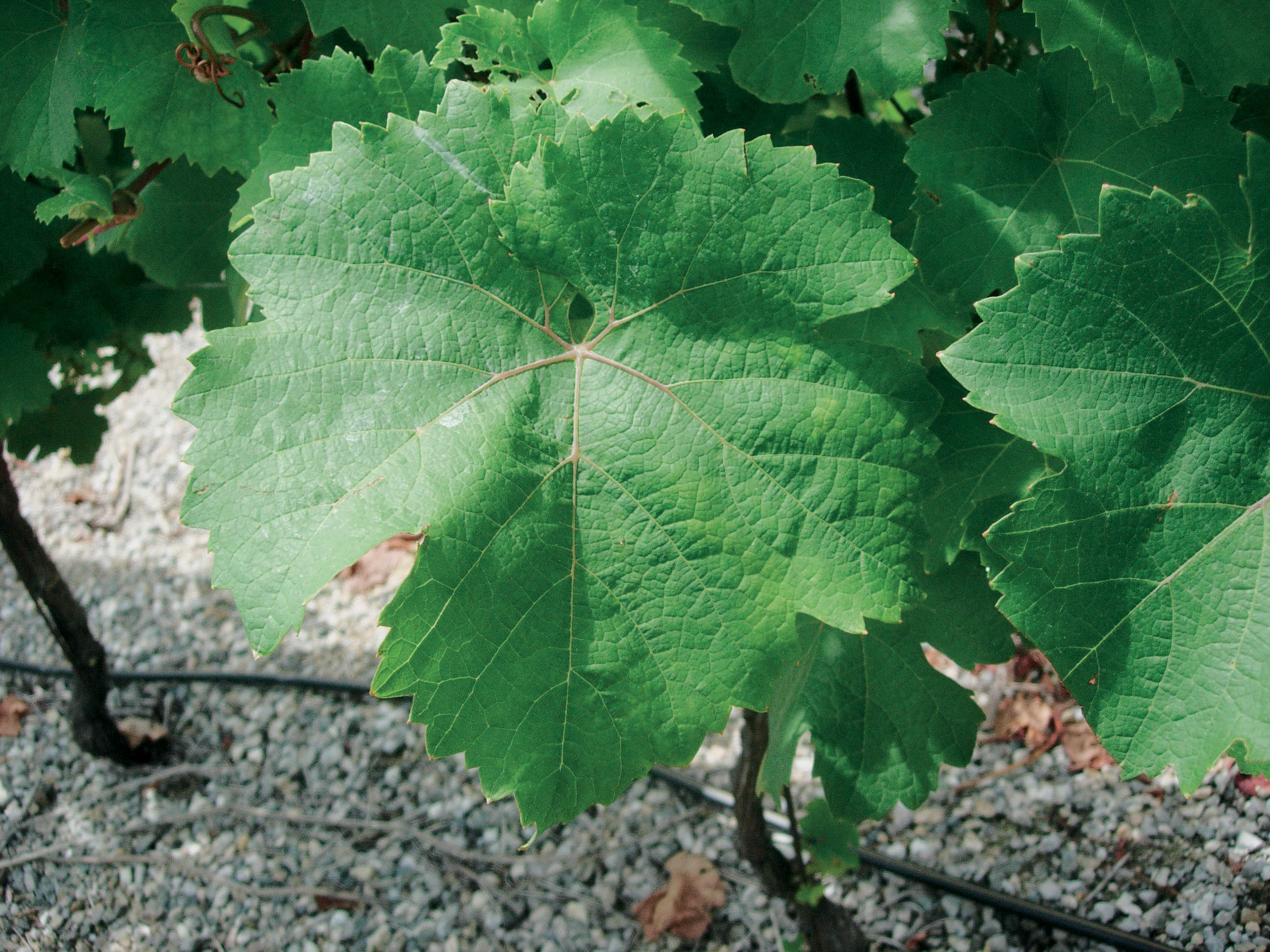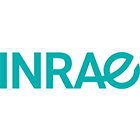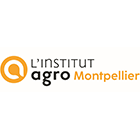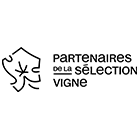Certified clones

-
-
Clone number
-
Variety
-
Brand
-
Origin
-
Selection
-
Year of approval
-
Agronomic Reference
-
Surface in multiplication
-
Other information
-
Agrotecnica note Clone consistent with the characteristics of the variety.
-
Agronomic Data
-
Fertility low to medium
-
Production level low to medium
-
Cluster weight medium
-
Berry size medium
-
Susceptibility to Botrytis medium
-
Technological Data
-
Sugar richness high
-
Color potential low to medium
-
Total acidity high
-
Tannic structure low to medium
-
Aromatic intensity medium
-
Oenological skills balanced wines, representative of the variety
-
Agronomic Data
-
Production level medium
-
Technological Data
-
Sugar richness high
-
Color potential low to medium
-
Tannic structure low to medium
-
Oenological skills balanced wines, representative of the variety
-
Agronomic Data
-
Fertility medium to high
-
Production level low to medium
-
Cluster weight low
-
Berry size low
-
Susceptibility to Botrytis low to medium
-
Technological Data
-
Sugar richness high
-
Color potential high
-
Total acidity medium
-
Tannic structure medium to high
-
Aromatic intensity medium to high
-
Oenological skills more colored wines than other clones and good organoleptic qualities
-
Other information
-
General note earlier clone with loose bunches and average production level. Wines appreciated in tasting
-
Agronomic Data
-
Production level high
-
Technological Data
-
Sugar richness low
-
Oenological skills representative wines of the variety
-
Other information
-
General note productive clone
-
Technological Data
-
Oenological skills representative wines of the variety
-
Agronomic Data
-
Fertility medium
-
Production level medium to slightly high
-
Cluster weight medium to high
-
Vigor medium
-
Berry size medium
-
Susceptibility to Botrytis medium
-
Technological Data
-
Sugar richness medium
-
Color potential medium
-
Total acidity medium
-
Tannic structure medium
-
Aromatic intensity medium to high
-
Oenological skills structured and complex wines with a good aromatic intensity especially spicy aromas
-
Other information
-
General note slightly above-average production level and most popular wines in tasting
-
Agronomic Data
-
Fertility medium
-
Production level medium
-
Cluster weight medium
-
Vigor medium
-
Berry size medium
-
Susceptibility to Botrytis medium
-
Technological Data
-
Sugar richness medium
-
Color potential medium
-
Total acidity medium
-
Tannic structure medium
-
Aromatic intensity medium to high
-
Oenological skills structured wines with a good aromatic intensity
-
Other information
-
General note average production level and wines appreciated for their organoleptic characteristics
-
Other information
-
Agrotecnica note Clone consistent with the characteristics of the variety.
-
Technological Data
-
Oenological skills representative wines of the variety
-
Technological Data
-
Oenological skills representative wines of the variety
-
Agronomic Data
-
Fertility medium
-
Production level medium
-
Cluster weight medium
-
Berry size medium
-
Technological Data
-
Sugar richness medium
-
Total acidity medium
-
Agronomic Data
-
Fertility high
-
Production level high
-
Cluster weight high
-
Vigor medium
-
Berry size medium to high
-
Technological Data
-
Sugar richness low to medium
-
Total acidity medium to high
-
Oenological skills representative wines of the variety
-
Other information
-
General note productive clone
-
Agronomic Data
-
Fertility low
-
Production level low
-
Cluster weight low
-
Vigor medium
-
Berry size medium
-
Technological Data
-
Sugar richness high
-
Total acidity low to medium
-
Oenological skills wines appreciated in tasting
-
Other information
-
General note clone appreciated for its agronomic characteristics and the quality of the wines obtained
-
Agronomic Data
-
Fertility medium
-
Production level low
-
Cluster weight low
-
Vigor medium
-
Berry size medium
-
Technological Data
-
Sugar richness high
-
Total acidity medium
-
Oenological skills wines appreciated in tasting
-
Other information
-
General note clone appreciated for its agronomic characteristics and the quality of the wines obtained
-
Agronomic note this clone should not be grafted onto 3309C or Gravesac, as these associations may lead to dysfunctional affinities
